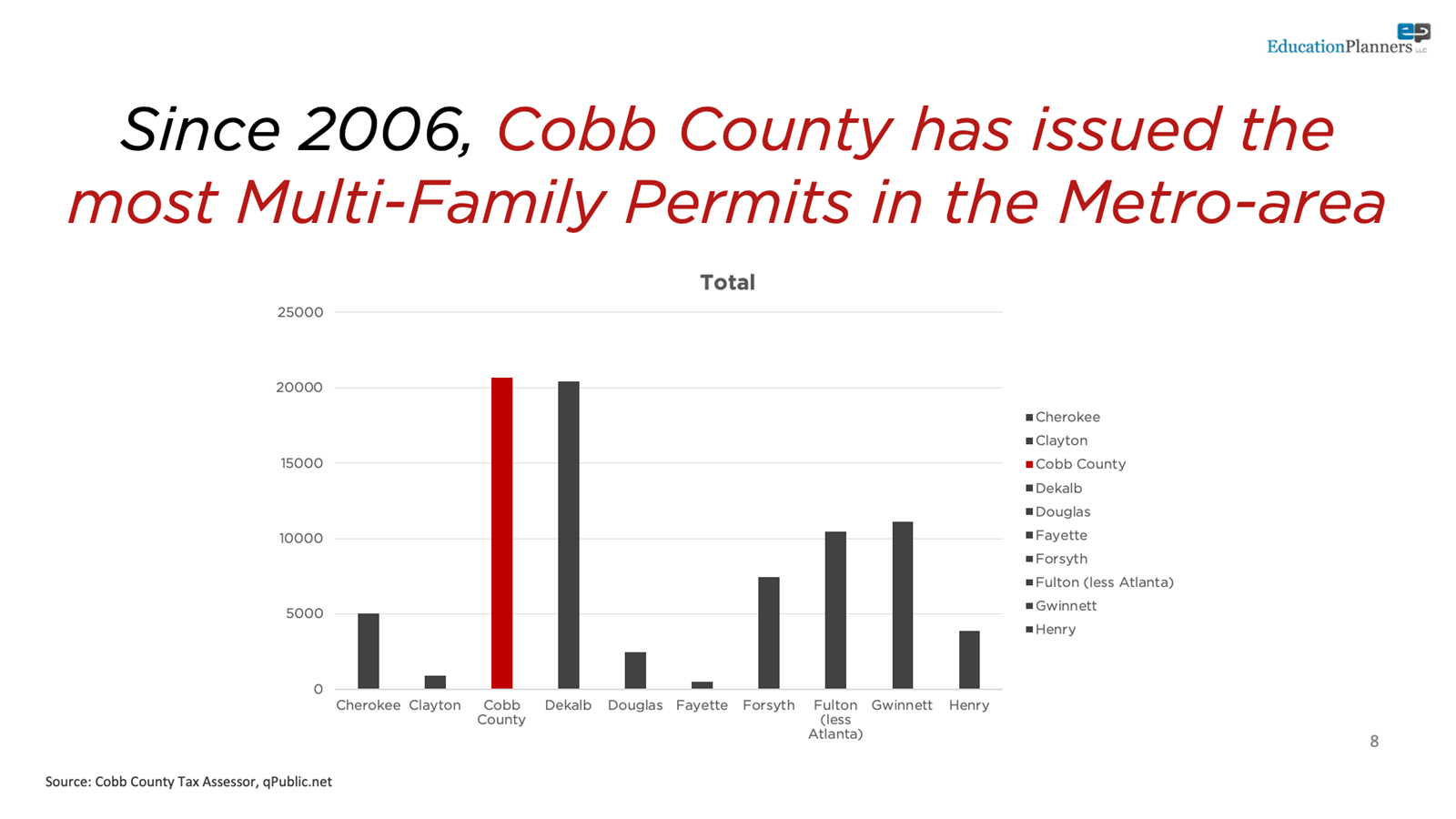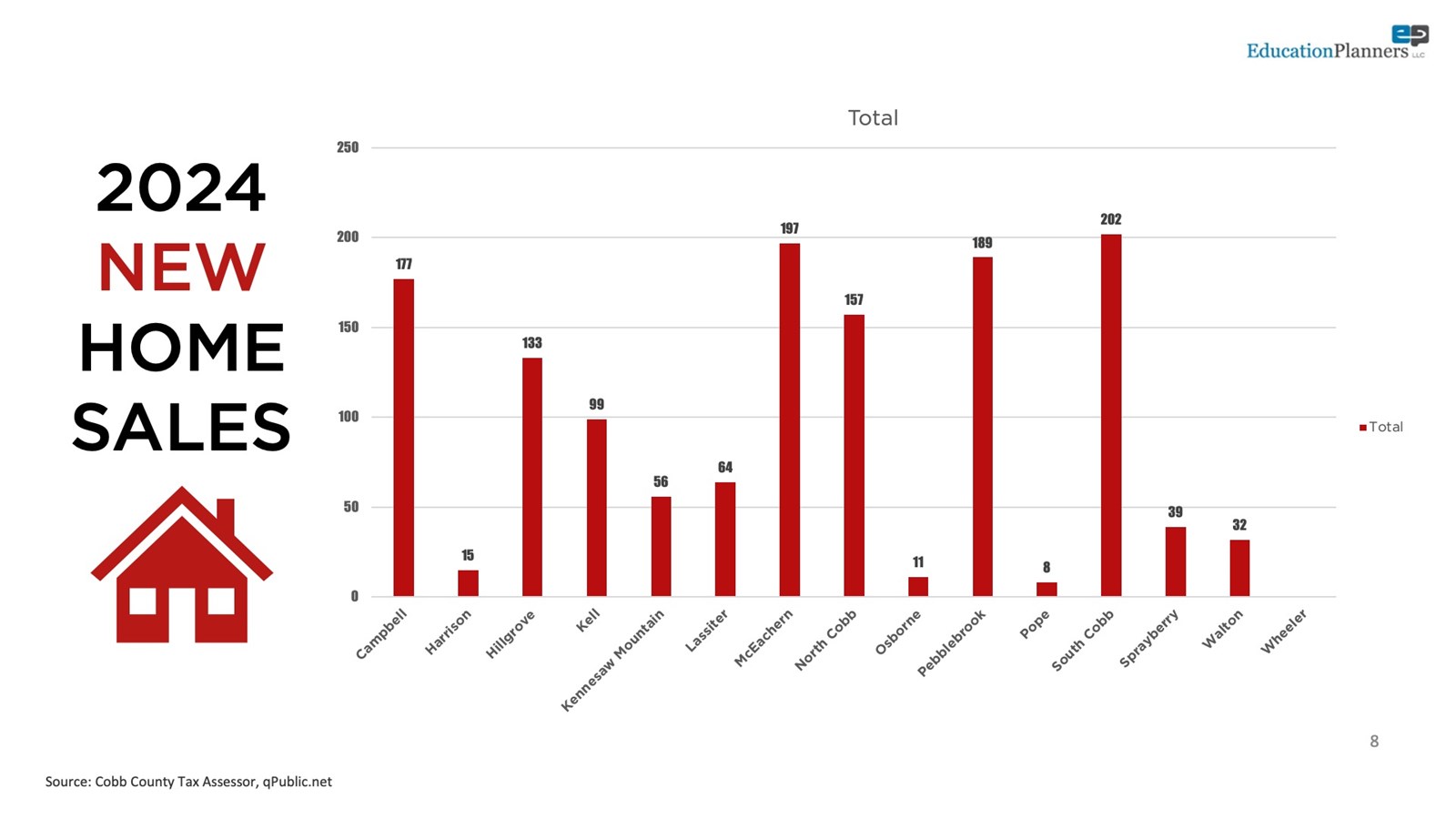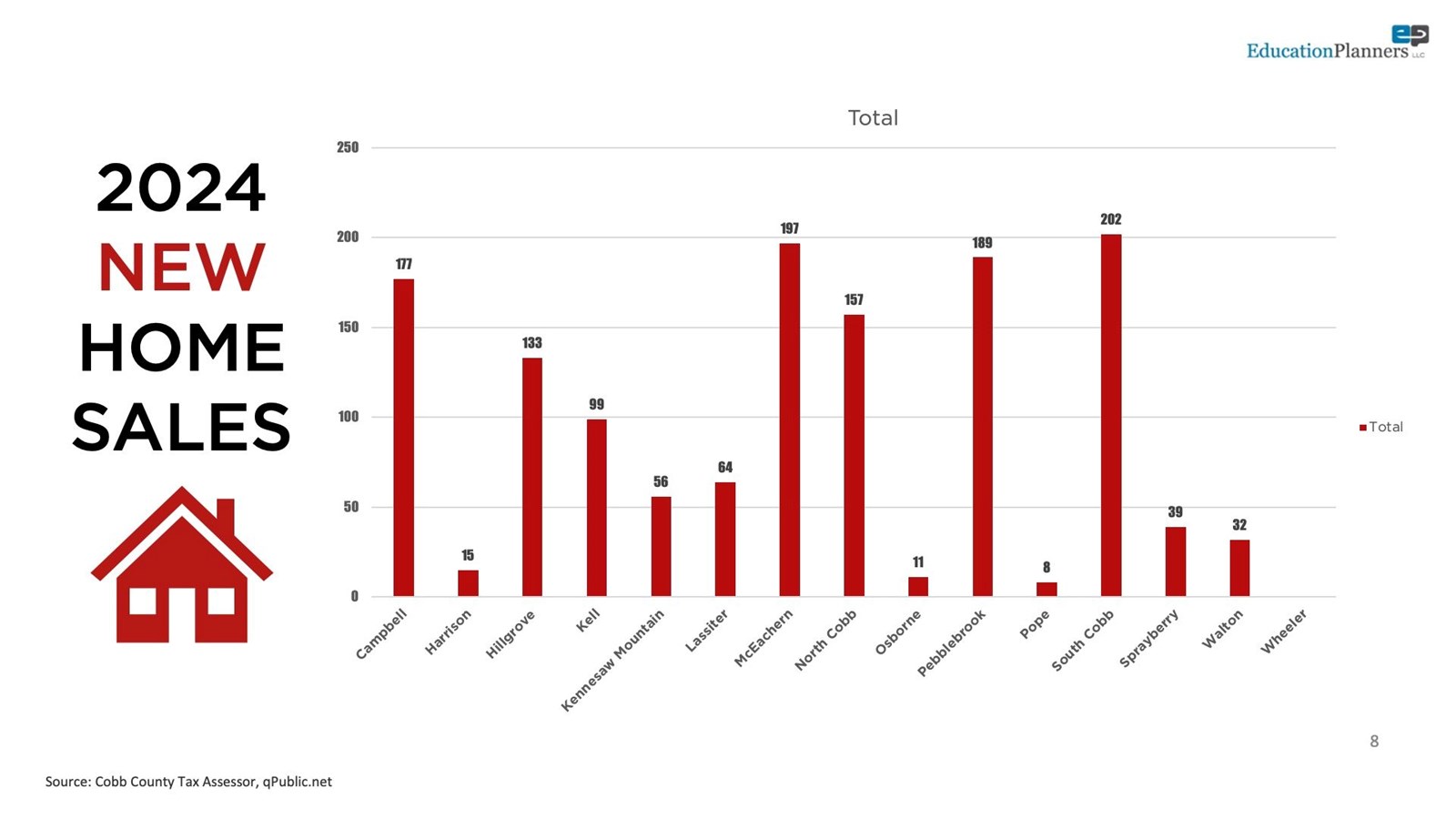District Demographic Study Shows ‘Alarming’ Multi-Family Housing Trend Approved by County Commission

May 15, 2025—Each year, the Cobb County School District conducts a comprehensive demographic study to analyze student enrollment trends, evaluate building capacity, and forecast future needs.
During the 2025 update, the phrase “the data shows families move to Cobb, and stay in Cobb, because of our schools" was often repeated.
It also highlighted what the District has warned for years: Cobb County’s approach to housing development—specifically the rapid approval of multi-family housing—is creating a troubling trend that harms schools.
The District’s demographic study has sounded the alarm for years, and this year’s data confirms the warnings have gone unheard.
District Warnings Ignored
The demographic study draws on data from the U.S. Census Bureau, U.S. Department of Housing and Urban Development, Governor's Office of Planning and Budget, Georgia Department of Education, Georgia Department of Health, Atlanta Regional Commission (ARC), and local governments.
District leaders use the information to plan for the forecasted growth of schools, which includes managing classroom space, staffing, and resources, and outlining needs for Ed-SPLOST funds.
During county and city zoning meetings, school representatives routinely raise red flags about the negative impact of multi-family housing projects on nearby schools. Specifically, students who move from residence to residence (and school to school) perform consistently worse than students who do not move regularly.
Unfortunately, according to the 2025 report, more multi-family housing continues to be approved at an alarming rate. In fact, Cobb County has issued more multi-family building permits, since 2006, than any other metro-Atlanta county.
“I'm afraid people have either poked their heads in the sand or just really don't care. And, I'm afraid it's the latter because we have been trying to get this across and conveyed to those who are making decisions about how big of an impact this is. It's just being met with what seems to be a lack of care,” Superintendent Chris Ragsdale said.
This year’s data highlights the Superintendent’s concerns.

Housing Trends Show Reason for Concern
The District monitors residential development data monthly. The most concerning trend is a surge in multi-family housing approvals that seem to be made without regard for how they’ll affect local school capacities.
- In 2024 alone, the City of Powder Springs approved 304 multi-family building permits.
- Between 2022 and 2024, the Powder Springs total reached 913 multi-family building permits.
- Since 2006, Cobb County has issued more multi-family housing permits than any other metro Atlanta county.
- Roughly 350 acres of land in Cobb were sold to LLCs in 2024, which could indicate large-scale development to come.
All three are examples of decisions that directly impact classrooms, bus routes, lunch lines, student learning, school resources, and the entire Cobb community.
“That is more than disturbing. It is alarming,” Superintendent Ragsdale said.
In the video below, Superintendent Ragsdale speaks directly regarding his concerns about the unchecked multi-family housing trend.
Development Without Planning Hurts Students and Families
Parents choose Cobb because of its reputation for strong schools, safe communities, specialized academic programs, and high-quality education.
But the approval of more multi-family homes, without collaboration with the school district, could break down what makes Cobb Schools the best place to teach, lead, and learn.
Superintendent Ragsdale made it clear: “We are doing everything in the world we can to keep up. But when student movement is driven by outside decisions from local county and city leaders that don’t take schools into account, students are the ones who pay the price.”

Transiency Hurts Students and Schools
There is no denying that transiency hurts students. It disrupts learning, making it difficult to keep up with schoolwork, leads to inconsistent instruction, and asks children to adjust to new schools, new friends, and new teachers on a regular basis. The effect on children is almost always negative.
When test scores drop, transience also causes a ripple effect throughout the school and the community. Over time, students who move often may fall further behind and become less engaged in school, increasing their risk of dropping out. That impacts not just the student, but the school’s overall graduation rate and the broader community.


